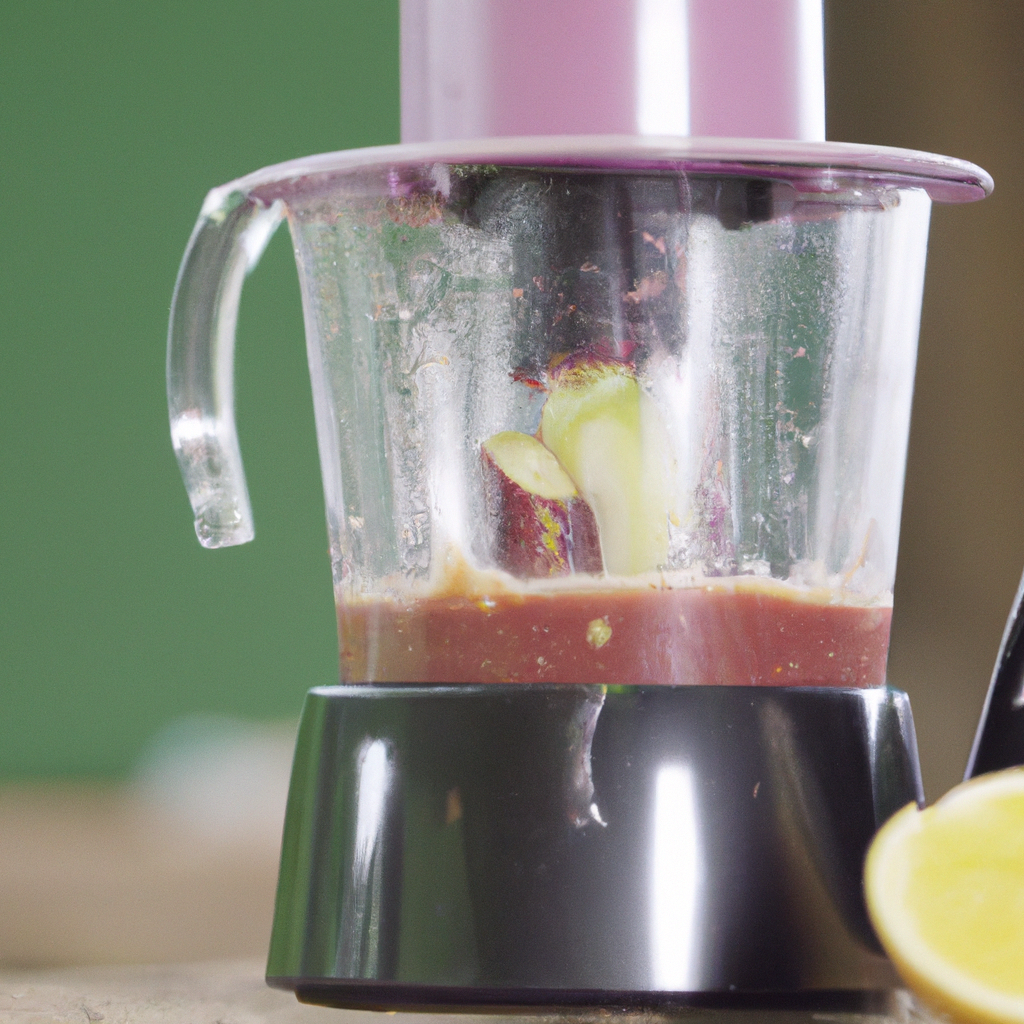Juicers are a convenient and efficient way to extract juice from fruits and vegetables. They come in different types, including centrifugal, masticating, and hydraulic press juicers. While each type has its unique way of extracting juice, they all follow the same basic principles to extract juice from fruits and vegetables.
So, how does a juicer extract juice from fruits and vegetables? In this article, we will take a closer look at the process of juice extraction and the different types of juicers available.
The Process of Juice Extraction
Juice extraction involves separating the liquid content of fruits and vegetables from the solid material. The solid material includes the pulp, fiber, and skin, while the liquid content is the juice. Juicers use different techniques to extract juice, but most of them involve these four steps:
1. Preparation: The fruits and vegetables are washed and cut into small pieces that fit into the juicer’s feed chute.
2. Grinding: The fruits and vegetables are ground into small pieces by a blade or auger. This breaks down the cellular structure of the produce, releasing the liquid content.
3. Separation: The juice is separated from the solid material. In most juicers, this is done by spinning the ground produce at high speed, using a centrifugal force that separates the liquid from the pulp.
4. Collection: The juice is collected in a container, while the pulp is ejected into a separate container or a pulp collector.
Types of Juicers
There are three main types of juicers: centrifugal, masticating, and hydraulic press juicers. Each type has its unique way of extracting juice.
Centrifugal Juicers
Centrifugal juicers are the most common type of juicer. They work by using a high-speed spinning blade to chop up fruits and vegetables, separating the juice from the pulp. The juice is collected in a container, while the pulp is ejected into a separate container. Centrifugal juicers are fast and easy to use. They are best for juicing hard fruits and vegetables, such as apples, carrots, and beets.
Masticating Juicers
Masticating juicers are also known as slow juicers or cold-press juicers. They work by using a slow rotating auger to crush and grind fruits and vegetables, separating the juice from the pulp. Masticating juicers produce a higher yield of juice than centrifugal juicers and are best for juicing leafy greens and soft fruits.
Hydraulic Press Juicers
Hydraulic press juicers are the most expensive type of juicer but are also the most efficient. They work by using a two-step process. First, the fruits and vegetables are crushed by a grinder, separating the juice from the pulp. Then, the juice is pressed through a hydraulic press, extracting every last drop of juice. Hydraulic press juicers produce a high yield of juice and are best for juicing hard and soft fruits and vegetables.
Conclusion
Juicers are a popular and convenient way to extract juice from fruits and vegetables. The process of juice extraction involves preparing the produce, grinding it into small pieces, separating the juice from the pulp, and collecting the juice in a container. There are different types of juicers, including centrifugal, masticating, and hydraulic press juicers, each with its unique way of extracting juice. By understanding the process of juice extraction and the different types of juicers available, you can choose the best juicer for your needs and enjoy fresh, healthy juice at home.







